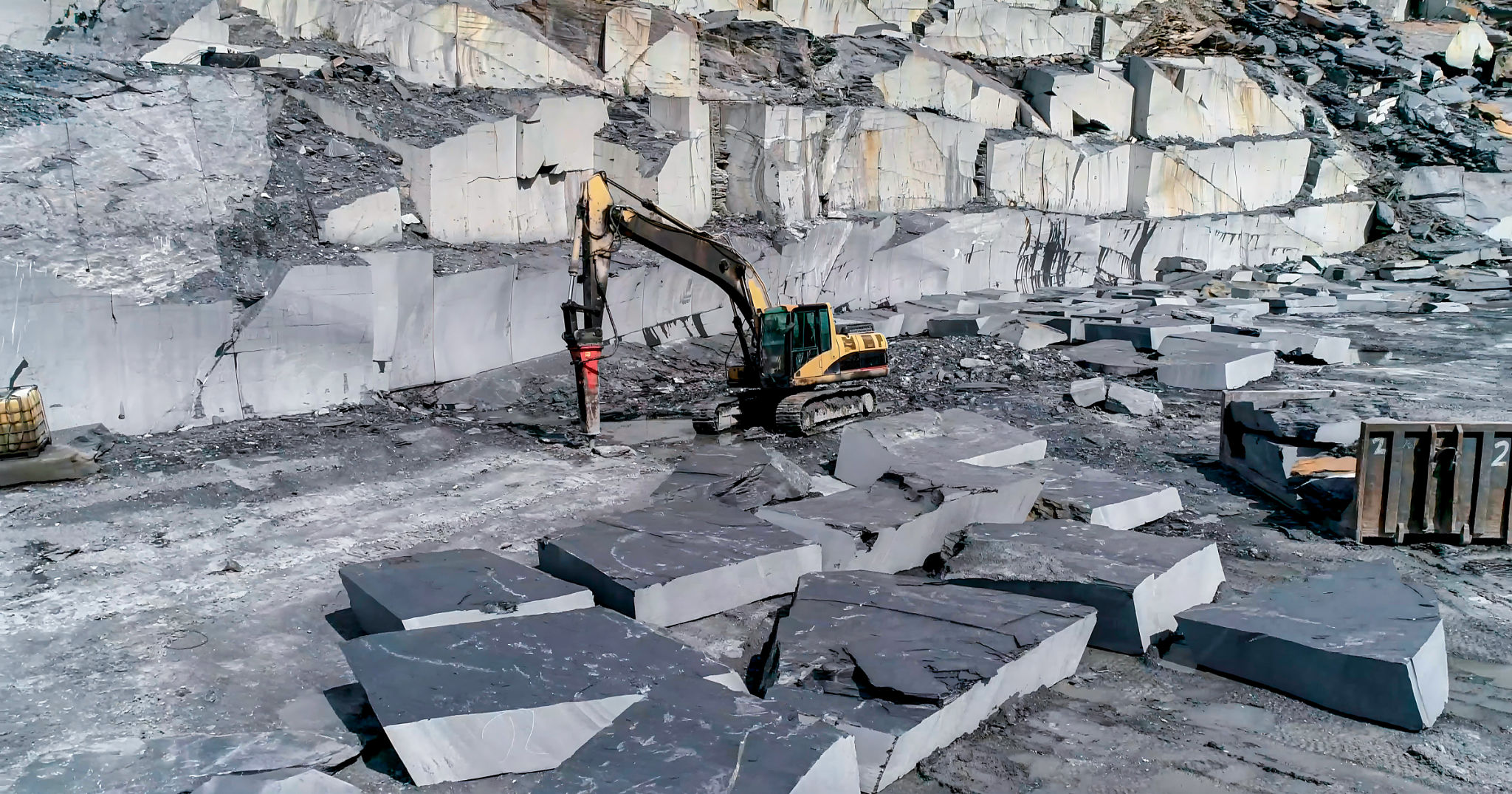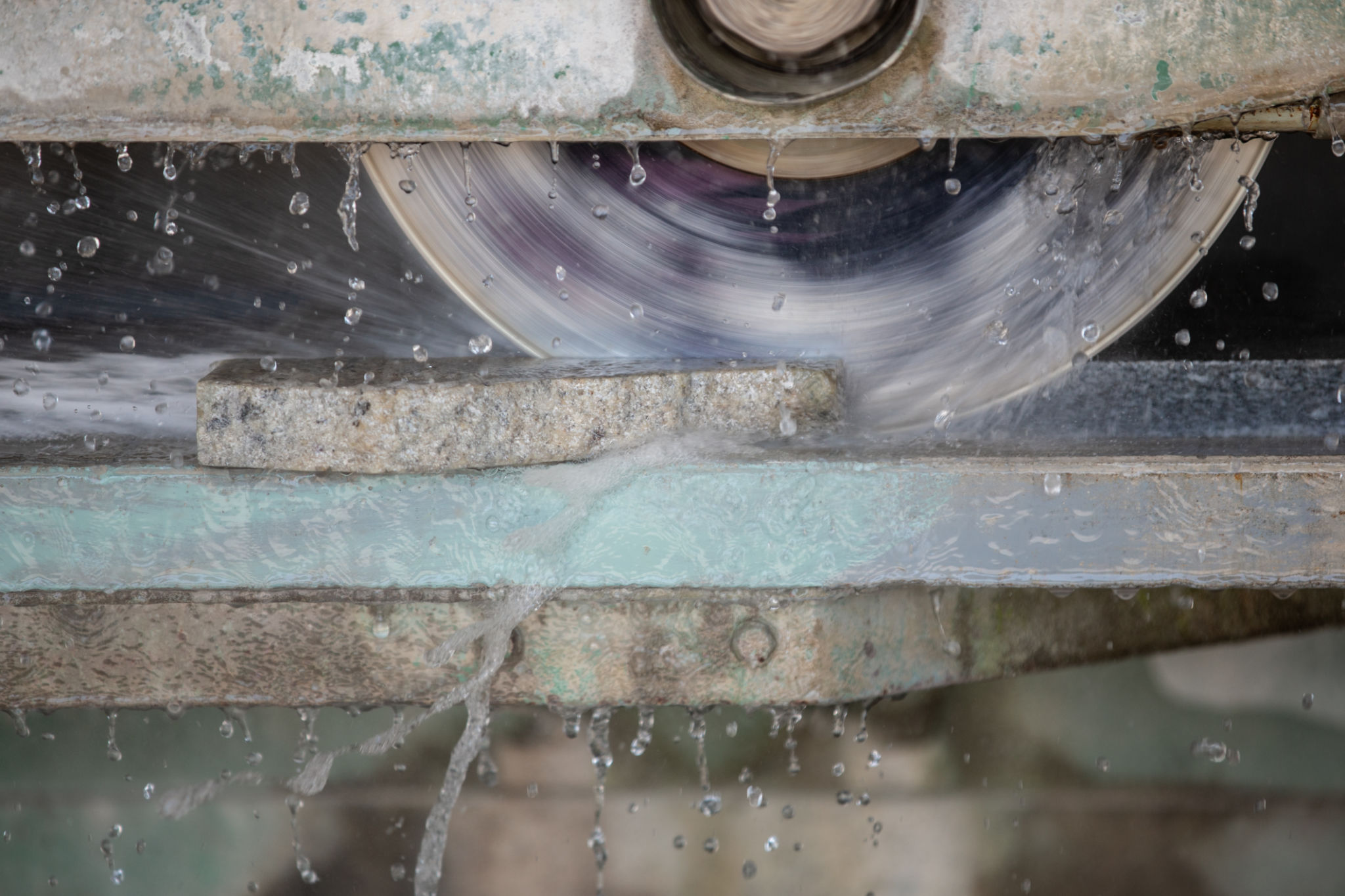Expert Tips for Granite Cutting and Finishing: Achieving Precision and Excellence
Understanding the Basics of Granite Cutting
Granite is a popular material for countertops, flooring, and other home installations due to its durability and aesthetic appeal. However, cutting granite requires precision and expertise. The process involves specialized tools and techniques to ensure a clean cut without damaging the stone. Understanding the fundamentals is crucial before undertaking any granite cutting project.

The Importance of the Right Tools
To achieve precision in granite cutting, using the right tools is paramount. Diamond-tipped saw blades are the industry standard for this task. These blades are designed to cut through hard materials like granite with ease, minimizing the risk of chipping or cracking. Additionally, ensuring your tools are well-maintained and in good condition can significantly impact the quality of your work.
Safety Measures
Safety should always be a priority when working with granite. The cutting process generates a lot of dust, which can be harmful if inhaled. Always wear protective gear such as masks, goggles, and gloves. Additionally, ensure your workspace is well-ventilated to avoid the accumulation of dust particles.

Precision Techniques for Cutting Granite
Achieving precision in granite cutting largely depends on your technique. Begin by measuring the slab carefully and marking the cut lines with a pencil or chalk. Take your time to align the saw blade accurately with the marked lines before starting the cut. Consistency in pressure and speed is vital to ensure a smooth finish.
Wet Cutting vs. Dry Cutting
When it comes to cutting granite, you can choose between wet cutting and dry cutting methods. Wet cutting involves using water to cool the blade and minimize dust. This method is preferred for indoor projects as it reduces airborne particles. On the other hand, dry cutting is suitable for outdoor projects where dust dispersion is less of a concern.

Finishing Touches
Once the cutting is complete, finishing the edges is essential to enhance the overall appearance of the granite piece. Use a polishing pad with progressively finer grits to achieve a smooth and shiny finish. This step not only adds aesthetic value but also ensures the safety of those who will handle or use the finished product.
Common Mistakes to Avoid
Avoiding common mistakes can save time and resources in granite cutting projects. One frequent error is applying too much pressure while cutting, which can lead to uneven cuts or damage to the stone. Another mistake is neglecting to measure accurately, resulting in wasted material.
Maintenance of Tools
Regular maintenance of your tools can prevent many issues during granite cutting. Clean your saw blades after each use to remove debris and prolong their lifespan. Additionally, inspect your tools for wear and tear regularly and replace any damaged parts promptly.

Conclusion
Granite cutting and finishing require a blend of skill, precision, and attention to detail. By understanding the basics, using the right tools, and employing proper techniques, you can achieve results that reflect both excellence and craftsmanship. Remember to prioritize safety and maintain your equipment to ensure successful outcomes in all your granite projects.